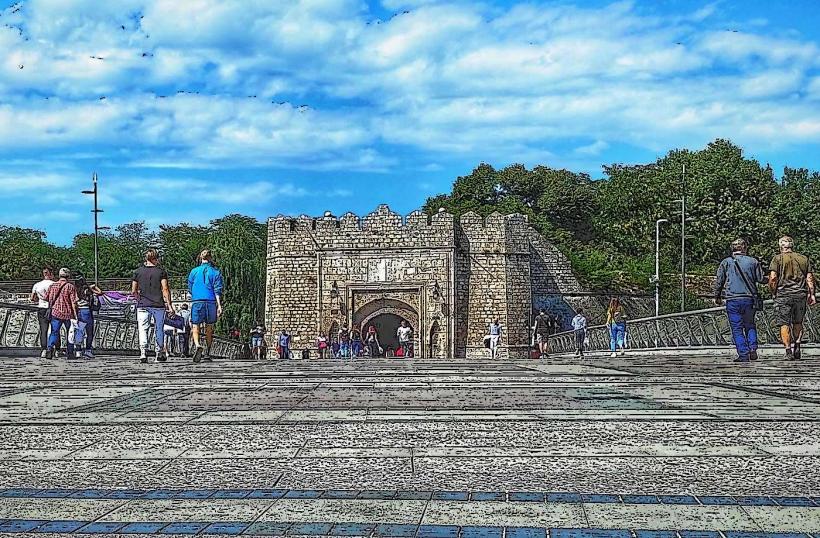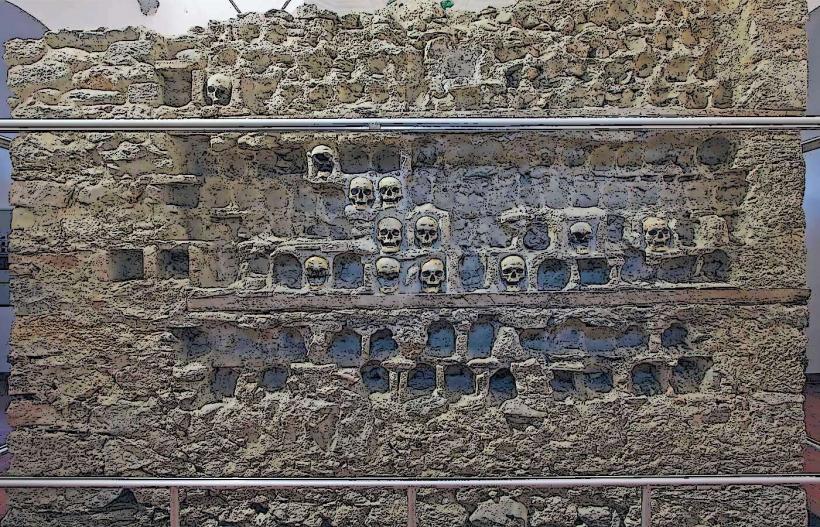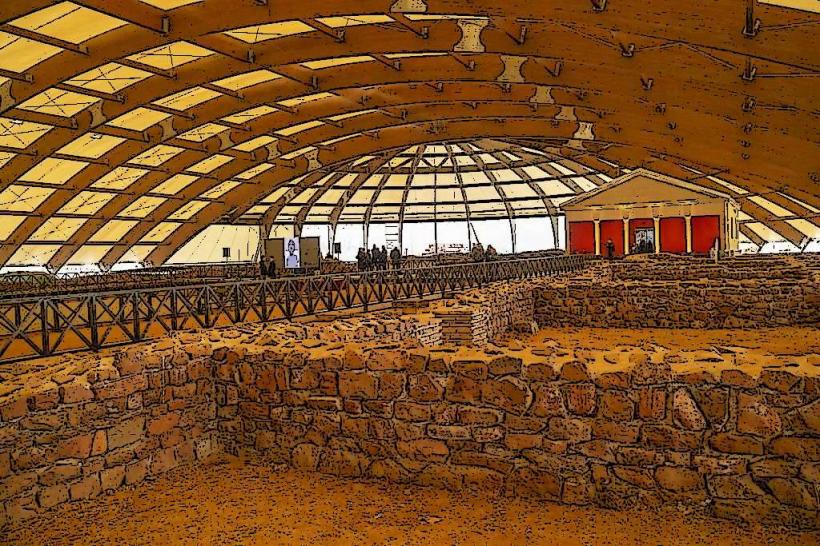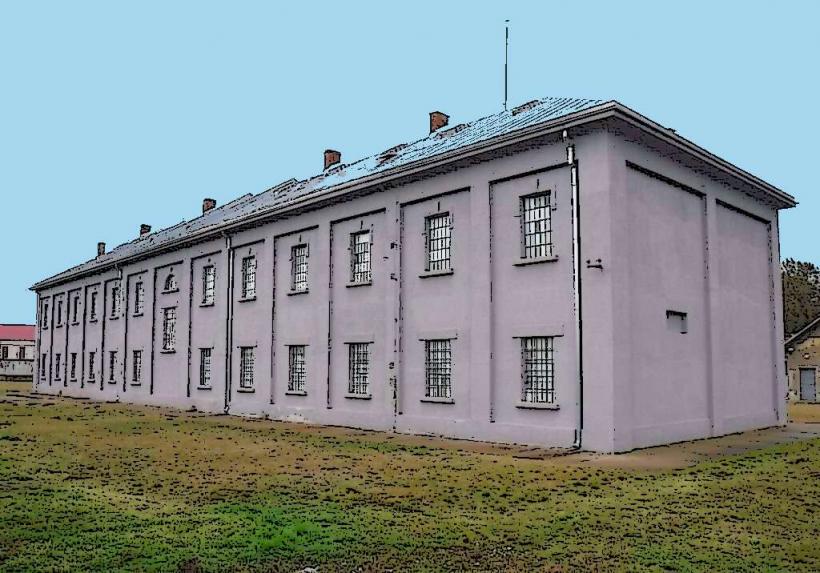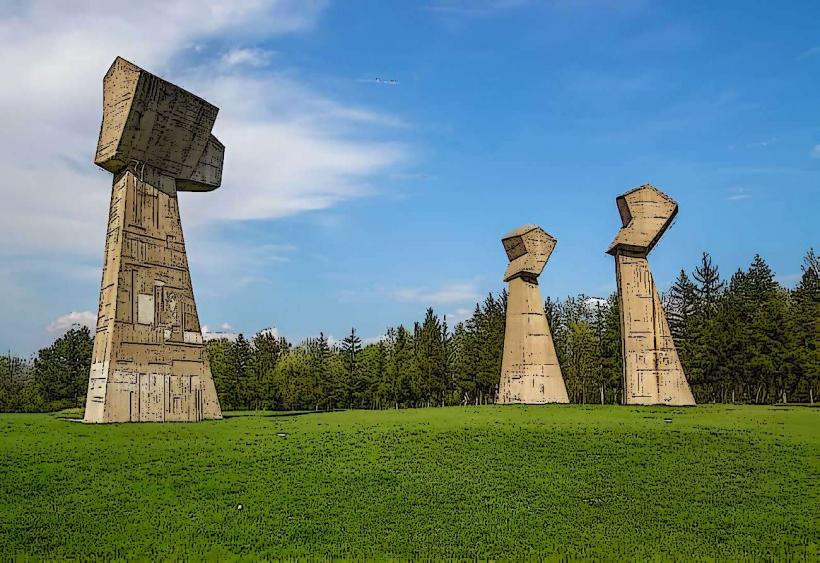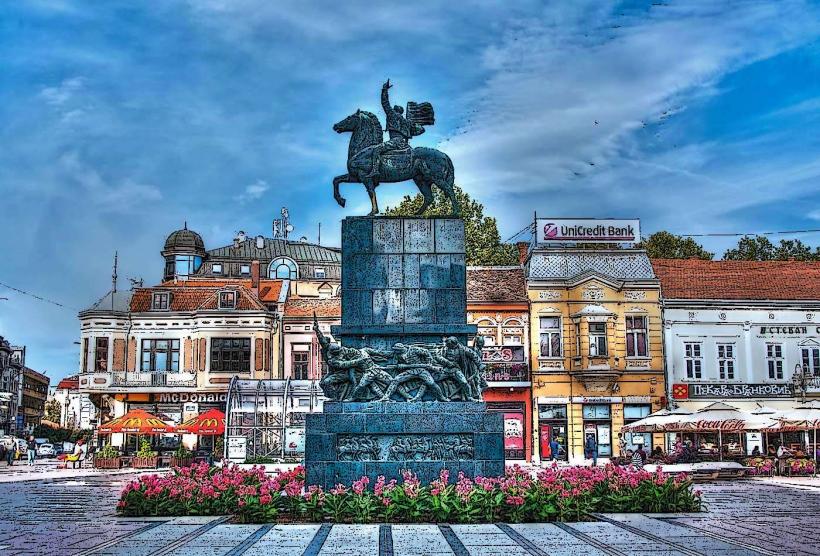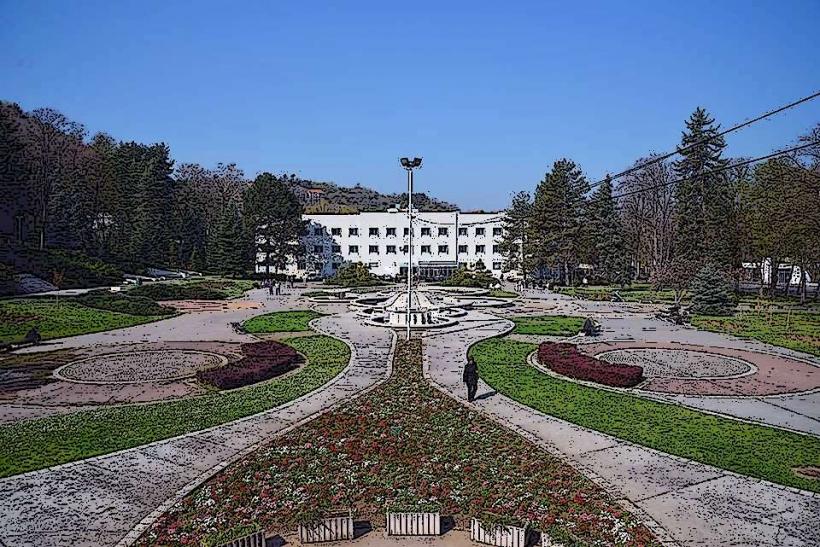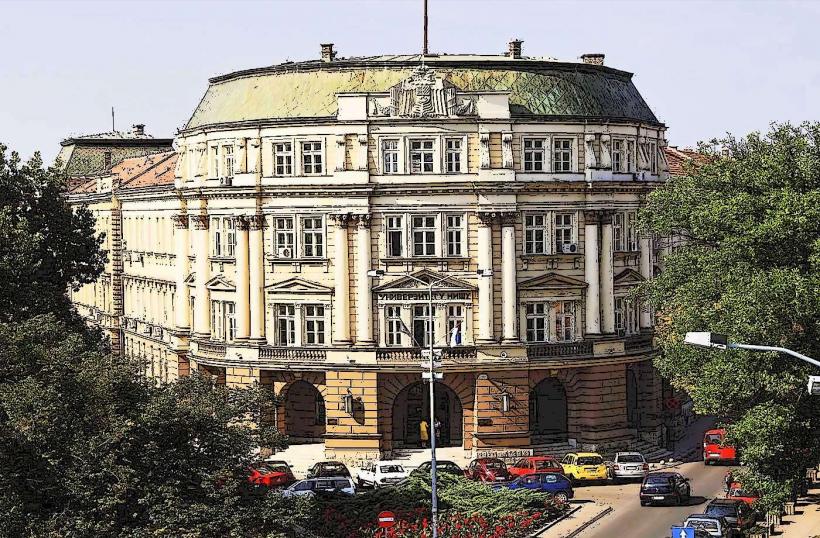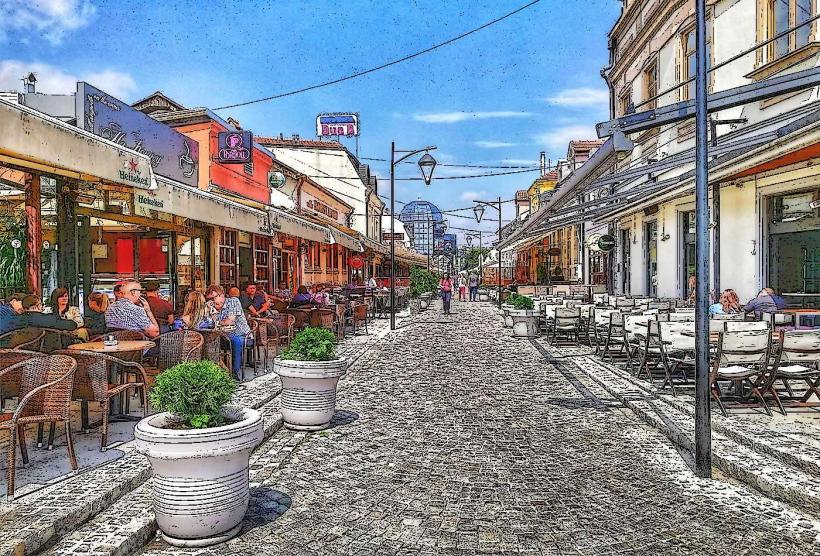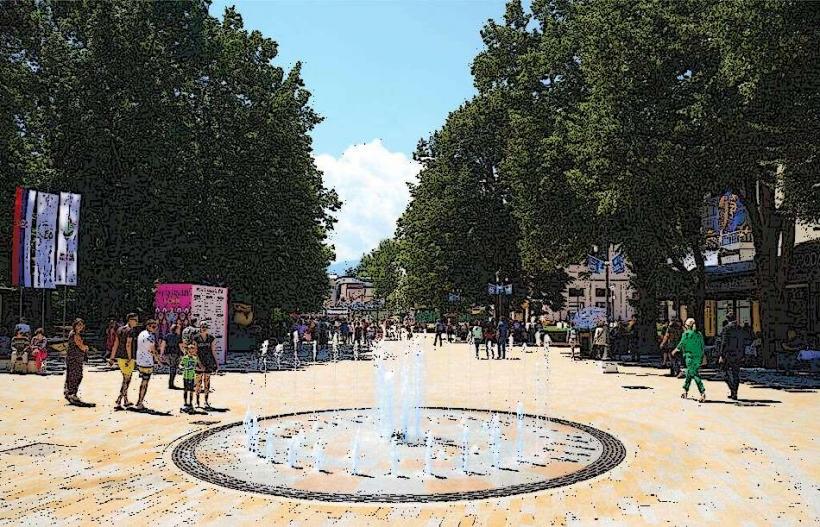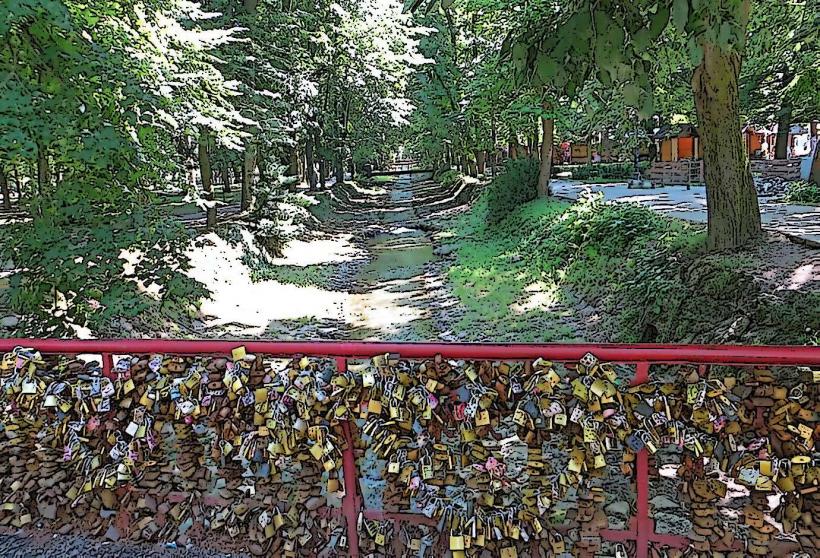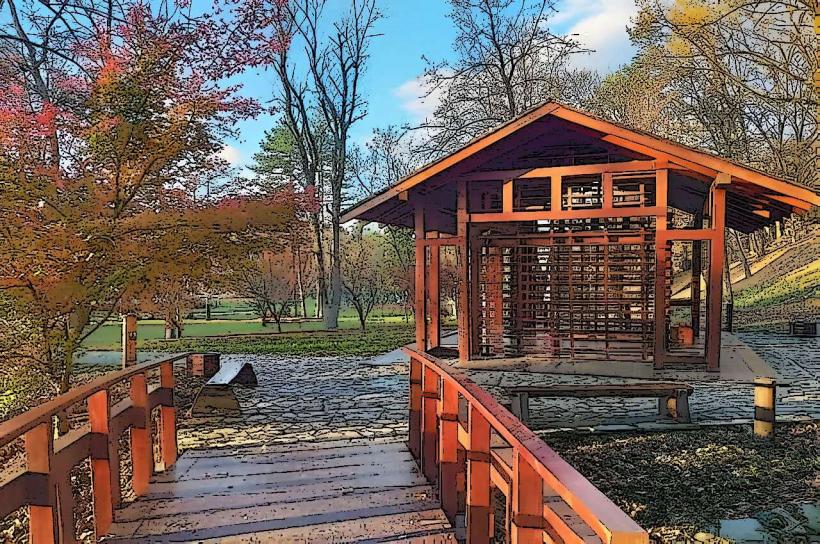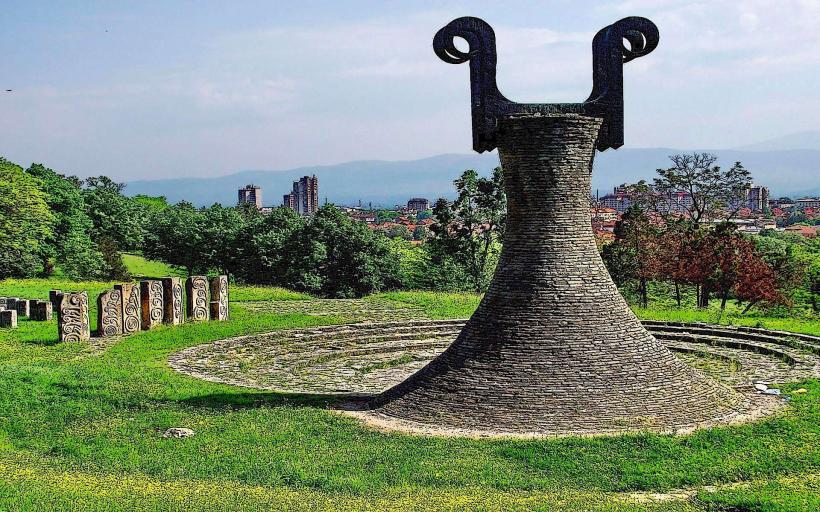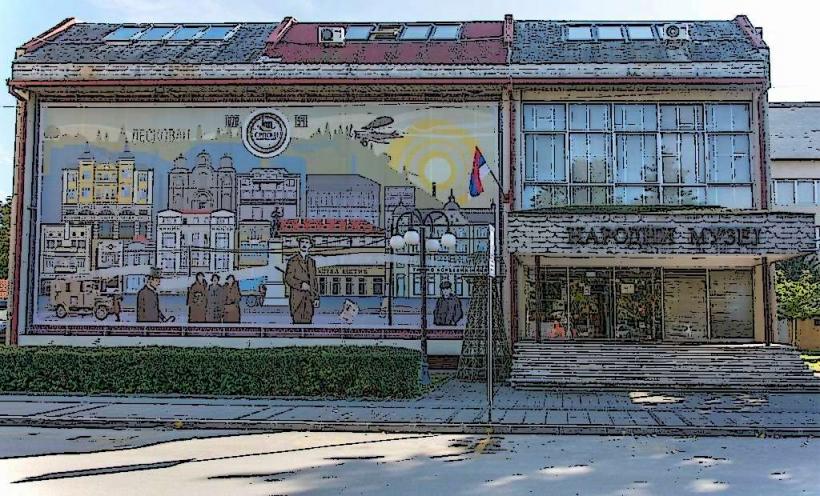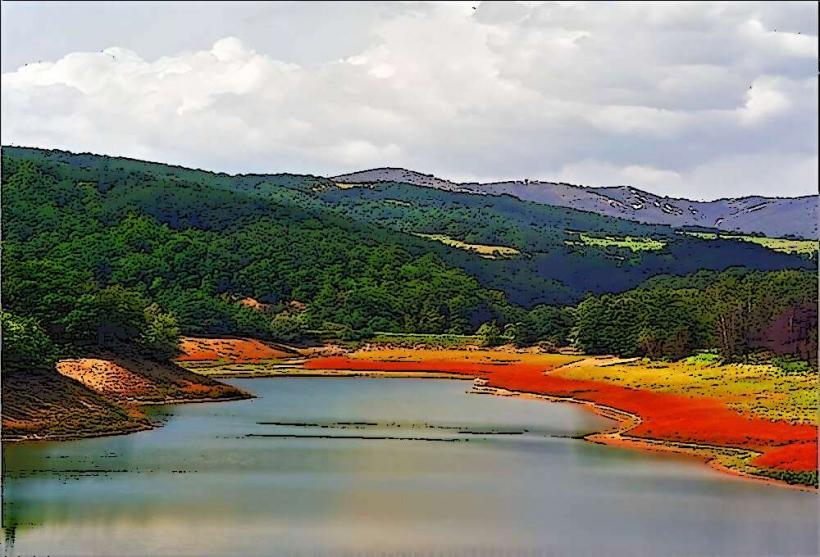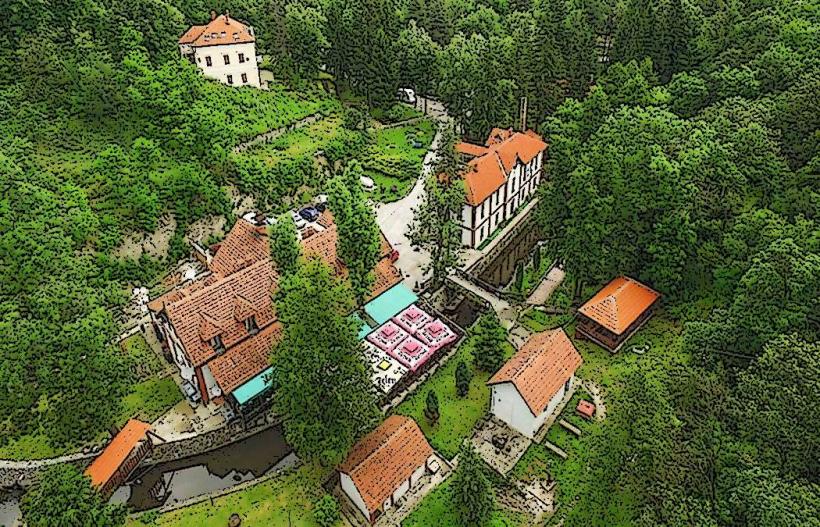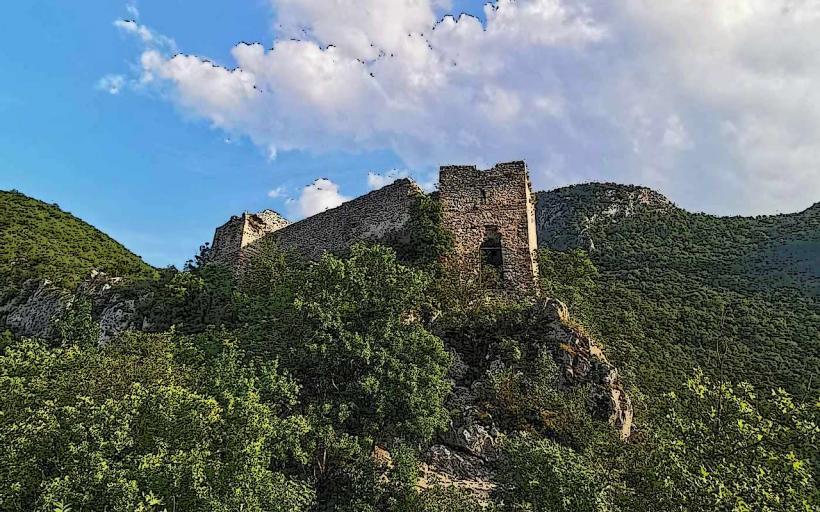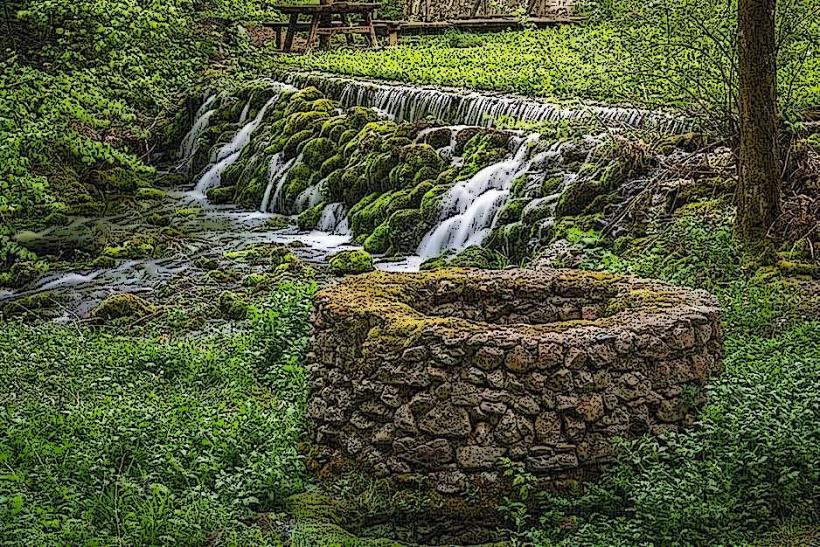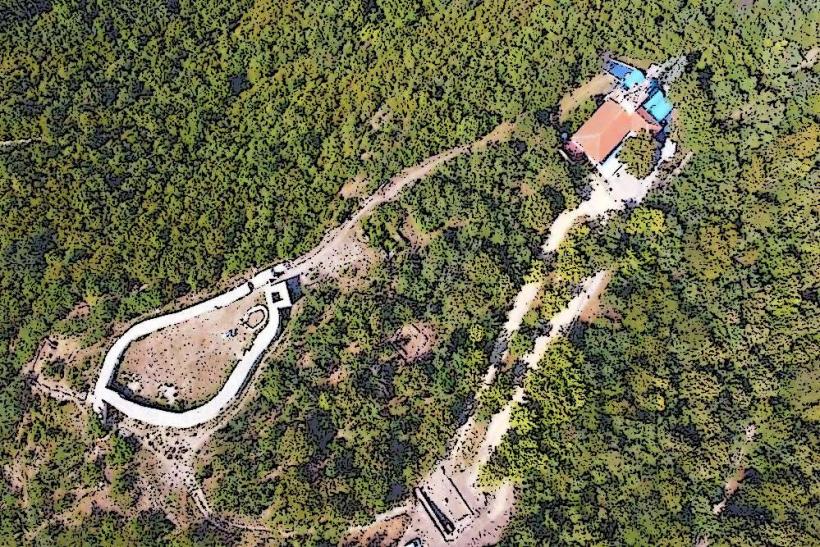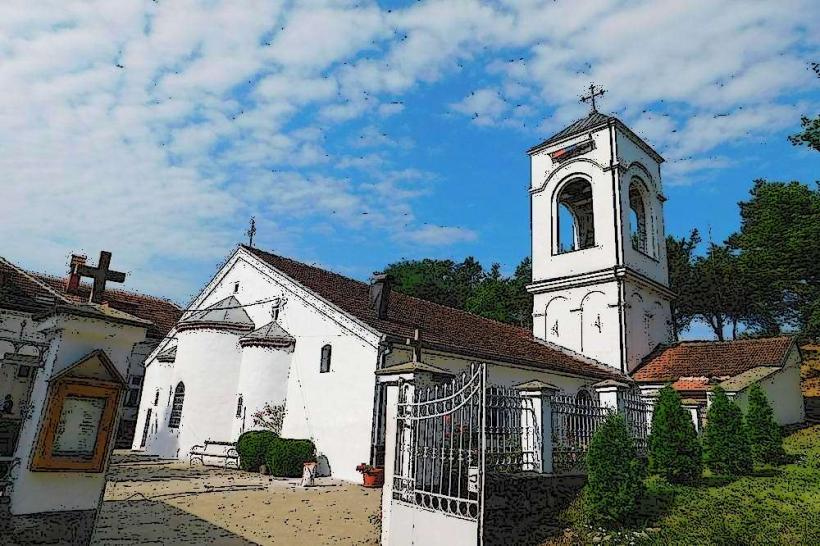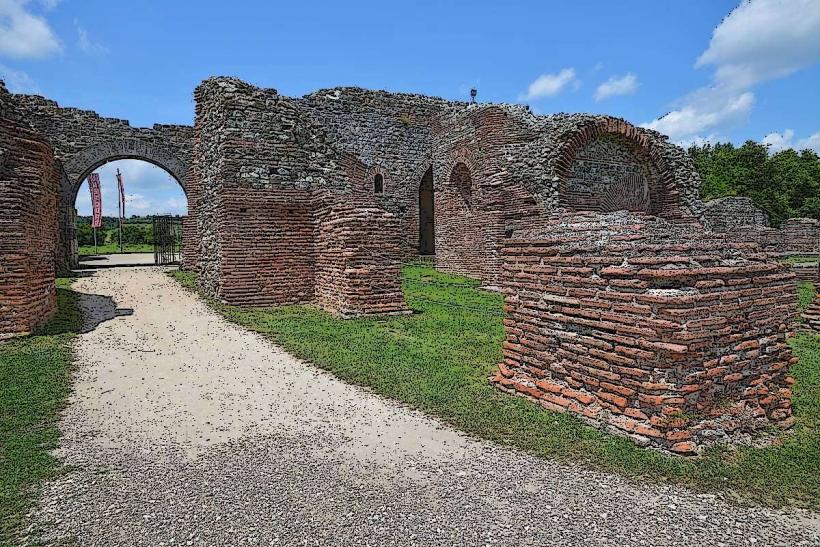Information
Landmark: Church of the Holy TrinityCity: Nis
Country: Serbia
Continent: Europe
The Church of the Holy Trinity (Serbian: Crkva Svete Trojice) is an Orthodox Christian church located in the city of Niš, Serbia. It is an important religious and architectural landmark in the city, known for its historic significance and spiritual importance.
Historical Background
Founding and Construction:
- The Church of the Holy Trinity was built in the 19th century, specifically between 1837 and 1840. The church was constructed during the Ottoman period in Serbia, a time when many Serbian communities were rebuilding their churches and establishing new places of worship after the Ottoman Empire's long rule in the region.
- It was founded by the Serbian people of Niš and dedicated to the Holy Trinity, a central doctrine in Christian theology that refers to the belief in God as three persons in one: the Father, the Son (Jesus Christ), and the Holy Spirit.
Location and Role:
- The church is located in the center of Niš, in a part of the city that has been home to religious institutions for centuries. It serves as a key spiritual center for the local Orthodox Christian population, offering a place for prayer, worship, and community gathering.
- Over the years, the Church of the Holy Trinity has been a symbol of faith and resilience for the people of Niš, especially during periods of political instability, war, and religious repression.
Architectural Features
Design:
- The Church of the Holy Trinity is built in a traditional Serbian Orthodox style, with classical architectural elements that emphasize simplicity and harmony. The church’s design is a reflection of the broader Serbian Orthodox Church architecture of the period, combining influences from Byzantine and Renaissance styles.
- The church features a central dome, which is a common feature in Orthodox churches, symbolizing the heavenly realm. The dome is accompanied by a bell tower, which serves both as a practical and symbolic element of the church’s design.
- The interior of the church is adorned with frescoes, icons, and wooden carvings, which reflect the deep Orthodox Christian traditions. The artwork inside the church depicts various scenes from the life of Christ, the Holy Trinity, and other key figures from Orthodox Christian history.
Stone and Brick Construction:
- The church was built using a combination of stone and brick, which were sourced locally, contributing to the building's robust structure. The walls of the church are designed to endure both the elements and time, while the roof is covered with ceramic tiles that are typical of Serbian Orthodox churches.
Bell Tower:
- One of the most prominent features of the Church of the Holy Trinity is its bell tower, which rises above the surrounding buildings. The bell tower serves as a visual symbol of the church and is an important feature for marking the passing of time through the ringing of bells.
- The bells of the church are an integral part of religious life in Niš, calling the faithful to worship and announcing important events, such as church festivals and celebrations.
Spiritual and Cultural Significance
Religious Role:
- The Church of the Holy Trinity serves as a place for liturgical services, including Divine Liturgy, weddings, baptisms, and funerals. It is also a site for spiritual reflection and pilgrimage for both local residents and visitors from other parts of Serbia.
- The church is a central part of the Serbian Orthodox community in Niš, contributing to the religious and cultural identity of the area.
Cultural Heritage:
- As one of the oldest churches in Niš, the Church of the Holy Trinity is also a significant cultural landmark. The church has witnessed many historical events, including the Ottoman occupation, the Serbian liberation, and various political changes in the region.
- It has been an enduring symbol of faith and community for the people of Niš, and today it stands as a testament to the city’s rich religious and cultural heritage.
Iconography and Frescoes:
- Inside the church, the iconostasis (a screen that separates the altar from the rest of the church) is decorated with traditional Orthodox icons, many of which are finely crafted and painted by local artists. These icons are essential for the liturgical life of the church, serving as aids to worship and meditation.
- The frescoes on the walls depict various scenes from Christianity and are often of high artistic value, showcasing the development of Serbian religious art during the 19th century.
Religious Festivals:
- The Church of the Holy Trinity is also the site of various religious celebrations and festivals, particularly those related to the Holy Trinity and other important events in the Orthodox Christian calendar. The church's vibrant participation in these festivals makes it a lively hub for religious and cultural activities in Niš.
Restoration and Preservation
- Like many historic churches, the Church of the Holy Trinity has undergone several renovations and restoration efforts to preserve its architectural integrity and ensure its continued use for worship and cultural activities. These efforts have helped maintain the church's place as a central religious and cultural institution in Niš.
- The church is part of the ongoing effort to preserve Serbia’s Orthodox Christian heritage, with various organizations working to protect and restore historic religious buildings throughout the country.
Conclusion
The Church of the Holy Trinity in Niš is a significant religious, historical, and architectural landmark. Its role as a center of Orthodox Christian worship and its cultural importance in the region make it a vital part of the city’s spiritual life. The church's Neo-Byzantine design, frescoes, and iconography reflect Serbia’s deep religious traditions, while its long history offers a glimpse into the political and social changes that have shaped the region. Whether as a place of prayer, cultural reflection, or historical interest, the Church of the Holy Trinity remains an enduring symbol of Niš’s heritage.



